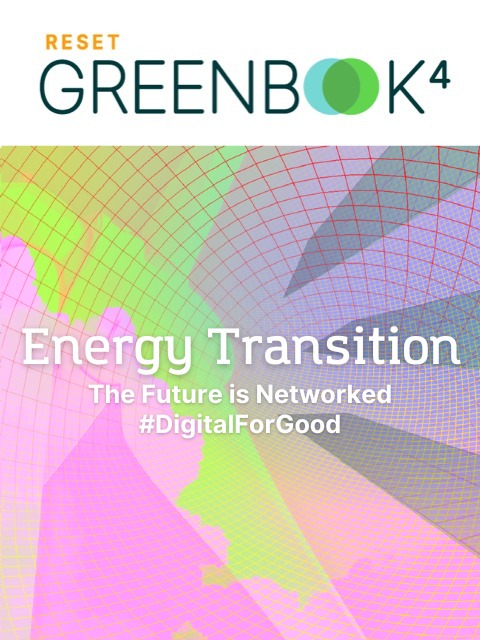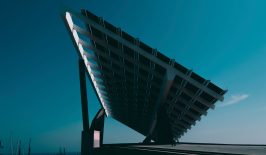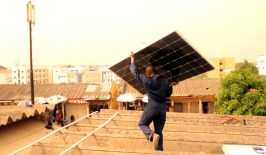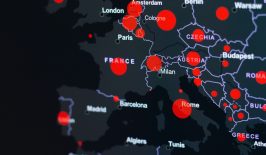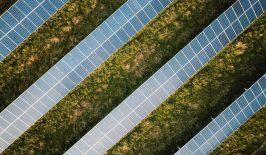On the Fast Track to Climate Disaster
In the second part of its sixth assessment report, published in March 2022, the Intergovernmental Panel on Climate Change (IPCC) makes a clear statement: If we continue as we are, we will be heading toward a warming of our planet by 3.2 degrees Celsius by 2050 compared with pre-industrial times – with catastrophic consequences.
If, on the other hand, we want to stay on course for the 1.5-degree target, global CO2 emissions must be massively reduced as quickly as possible. The industrialized countries are expected to respond particularly quickly, as they bear the main burden of the man-made greenhouse effect. For Germany, this means reducing its greenhouse gas emissions by at least 65 percent by 2030 compared to 1990 levels in order to be climate neutral by 2045.
A Quarter of Emissions Come from the Energy Industry
The biggest lever toward climate neutrality is the energy industry, which in many states is the largest producer of carbon emissions. Globally the generation of electricity and heating is responsible for about a quarter of global climate emissions.
However, energy is also the sector in which most CO2 has been saved since 1990, providing a glimmer of hope. Wind, solar, biomass and hydro are already the most important energy renewable sources; their share of electricity consumption rose from just 6.5 percent in 2000 to 42.1 percent in 2019 – and electricity generation from wind and solar power is becoming increasingly cost-effective.
Moving away from fossil fuels not only benefits climate protection, but also reduces the heavy dependence on energy imports, which represents a major security risk for energy-hungry industrialized countries such as Germany. Russia’s war against Ukraine and the associated difficulties in enforcing sanctions against Germany’s most important gas supplier further exacerbate this issue.
But how can these transformation processes toward a climate-neutral energy industry be driven forward? One thing is clear: Digital solutions and technical innovations will play a major role in this.
The Future is Networked
The new RESET Greenbook “Energy Transition – The Future is Networked” focuses on the question of how we will generate, distribute and store energy in a climate-neutral future and how efficient energy systems can be designed with the help of digital technologies, especially in industry.
What are the energy sources of the future? How can distribution be intelligently controlled? Which digital solutions are already available and where are new innovations needed? What hurdles stand in the way of a climate-neutral energy system and how can the transformation be driven forward?
In order to find answers to these and other questions, we will be presenting best-practice examples on RESET.org over the next few months, exchanging ideas with experts and shedding light on the background.
“Energy Transition – The Future is Networked” is part of a series of four special features covering the topic “Mission Climate Neutrality – Driving the Transformation with Digital Solutions“. In doing so, we are taking a look at the sectors that are responsible for the most CO2 emissions: Energy and Industry, Transport, Buildings and Agriculture. More information here.
You want to stay up to date? Then subscribe to our newsletter!
